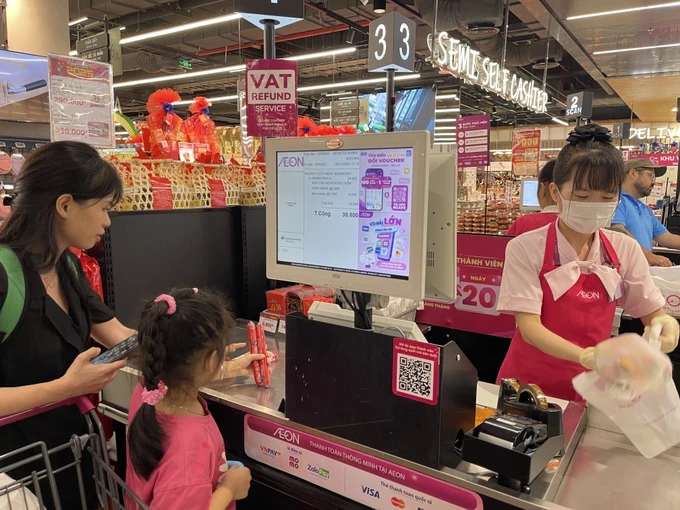
In November 2024, the General Department of Taxation (GDT) launched an AI-powered chatbot – a “Virtual Assistant for Taxpayers”. To date, the system has processed 30,000 queries from 4,500 registered users. Integrating over 100 laws, specialised legislation, and guidance documents alongside administrative procedures, the system has generated over 15,000 bilingual responses, providing taxpayers with automated, accurate, and rapid information.
Taxpayers have praised the responses for their clarity and comprehensiveness, noting the seamless integration of current administrative forms, tax calculation tools, and support for determining business licence fees. The virtual assistant is readily accessible via smartphones, tablets, and internet-connected computers, affording taxpayers convenient interaction at any time and from any location.
Deputy Director General of the GDT cum Director of the Hanoi Tax Department Vo Manh Cuong stated that his department manages over 236,000 businesses, 235,000 household businesses, and over 10 million individual tax codes. The Hanoi tax sector has been leveraging AI to develop management models, mine information, and analyse invoice risks within business ecosystems and intermediary business chains connected to tax refund claimants, thereby identifying redundant trading practices and bolstering risk control in VAT refunds.
The HCMC Tax Department has similarly undertaken research and implemented comprehensive AI solutions for tax administration. According to a senior tax official there, the increasingly sophisticated nature of illegal invoice trading necessitates AI support for effective control.
Director Pham Quang Toan of the GDT’s Department of Information Technology reported that the tax sector has actively deployed technology, particularly AI and Big Data analytics, to enhance tax administration and combat fraud.
Specifically, in risk management, a Big Data analytics system has been implemented for automated tax refund classification, facilitating the detection of anomalies and generating risk alerts. In tax refund processing, the adoption of electronic invoices has strengthened oversight, fraud detection, and reconciliation of invoices and VAT returns, ensuring stricter control of refund approvals.
The effectiveness of AI is contingent upon the quality of the underlying database. Director Le Thi Duyen Hai of the GDT’s Tax Declaration and Accounting Department explained that the tax sector manages a vast statistical database encompassing over one million active businesses and organisations.
This is complemented by data reflecting enterprises’ annual business activity, including approximately four million VAT returns, nearly one million corporate income tax finalization returns, over four billion electronic invoices, and data from over 14 million annual import-export declarations, in addition to millions of individual and household business tax returns. This sheer volume of data presents a considerable challenge for effective utilization given existing limitations in IT infrastructure.
In accordance with the national digital transformation agenda, specifically Project 06 (Developing Data Applications on Population, Electronic Identification and Authentication for the National Digital Transformation in the 2022–2025 Period, with a Vision to 2030) and the Prime Minister’s Directive 18/CT-TTg on promoting data connectivity and sharing for e-commerce development, tax revenue protection, and monetary security, the tax sector has prioritized the development of an accurate, sufficient, reliable, and up-to-date database.
Several local tax departments have actively synchronized and matched tax codes with the national population database, establishing a foundation for implementing local tax management solutions. In Hanoi, this initiative has enabled the tax department to identify nearly 627,000 e-commerce businesses, generating VND38.8 trillion (US$1.52 billion) in tax revenue from this sector, a 2.8-fold increase compared to the previous year, prior to data matching.
Nationally, Director Pham Quang Toan announced that in January 2025, the GDT will pilot a Virtual Assistant application for tax officials in debt management, anticipating benefits for both the tax sector and taxpayers.
In 2025, the tax sector will fully leverage Big Data, AI, and machine learning (ML) across all aspects of tax administration, concentrating on areas such as data analysis and risk management, automated debt management, and the application of AI in inspections, audits, and administrative document review.
























